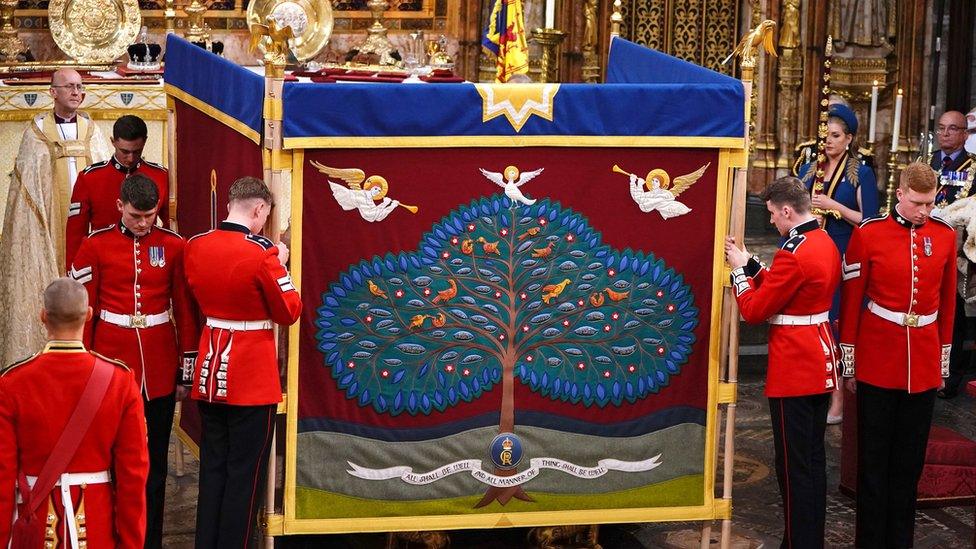The WW1 soldiers who sewed for therapy
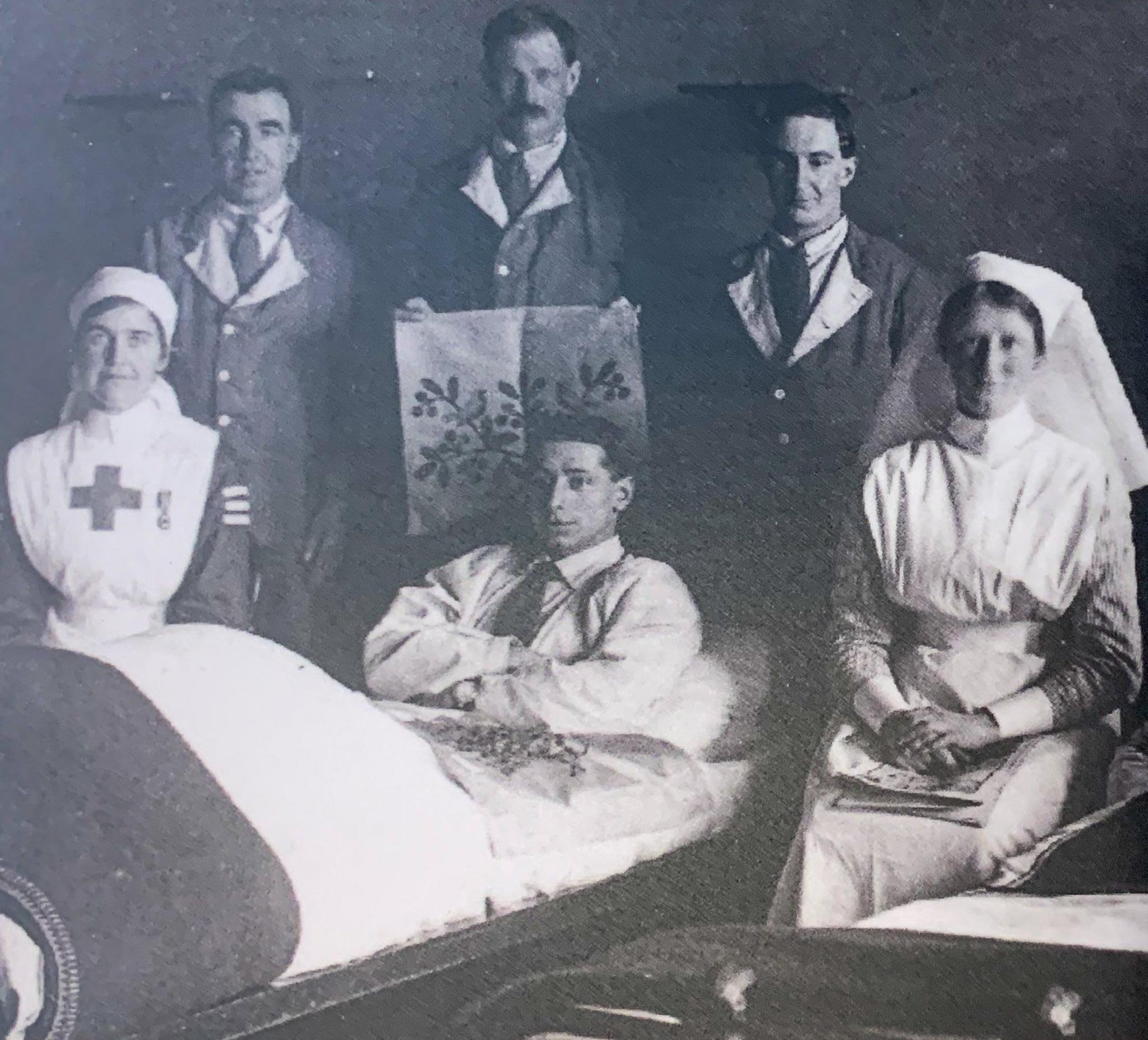
Private Austen Albert Ward learned how to produce embroidery during his hospital recovery
- Published
In World War One, Austen Albert Ward was just months away from making it through the war uninjured - then he was hit by a bomb.
The 24-year-old private, from Ashted, Birmingham, fought on the Western Front from 1914 before an explosion injured his leg.
He was shipped back to England and, while in hospital, like many other injured soldiers, he took up embroidery during his recovery.
The work he created features in a new exhibition at a military museum.

The work created by Private Ward features in the exhibition
“There’s this lovely scene in a picture from our archive of one of the nurses presenting one of his pieces,” said Chris Kirby, manager of The Fusiliers Museum in Warwick.
“He turned out to be fairly talented.
“I just love the idea of young men - he was only 20 when he joined up - who were trained for war, trained to kill, and they come out at the back end of the war trained to do embroidery."
Sewing, he added, was "fantastic therapy" for mental health.
"A lot of them were sitting in hospital for months on end, in excruciating pain, and it was found that making these embroideries really helped," he added.
"Whole wards of soldiers were given the task of of making them."
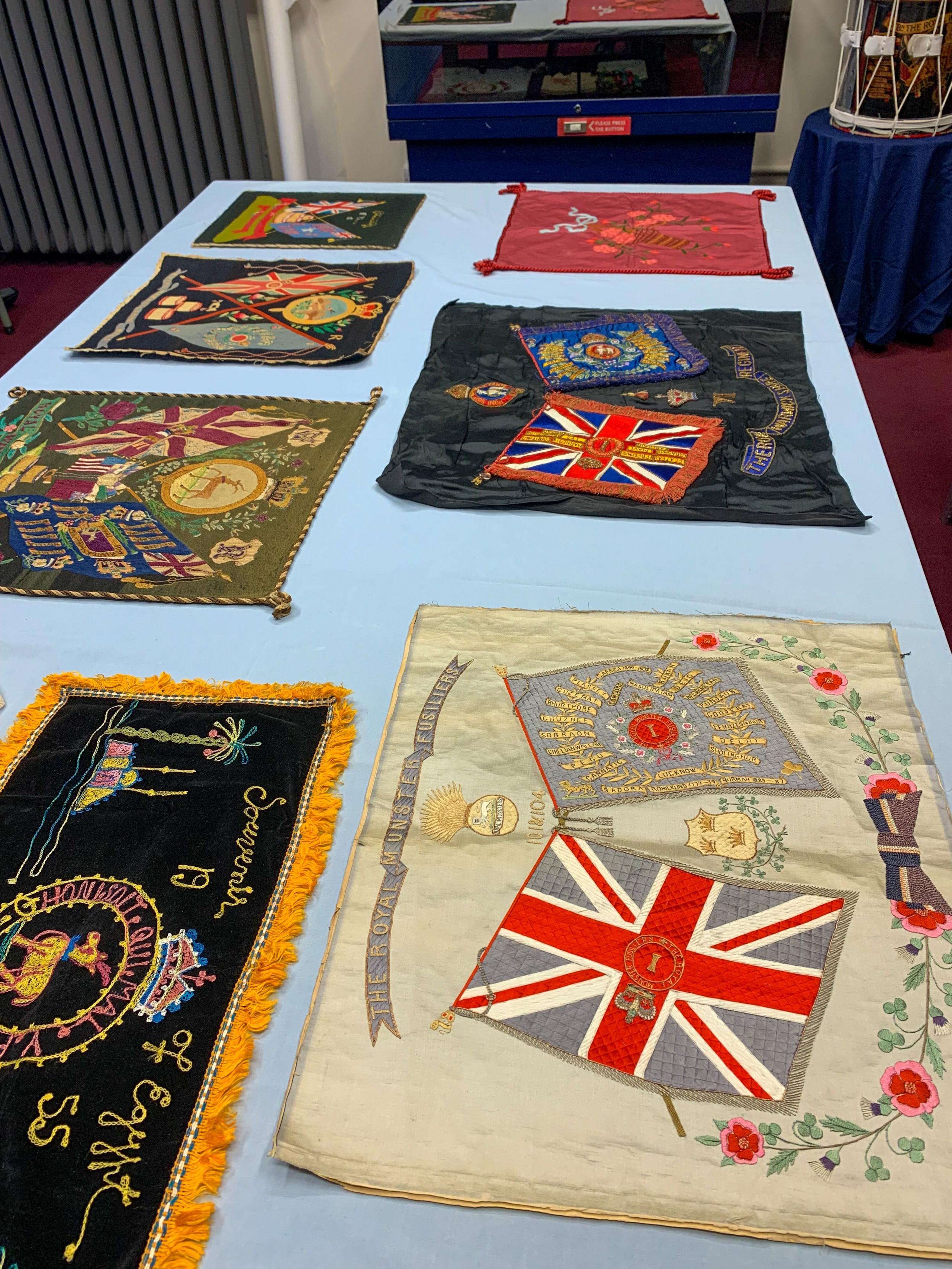
The work is on show at The Fusilier Museum in Warwick
The exhibition explores the relationship between soldiers and the craft.
The aspects of the lives of soldiers serving in the Royal Warwickshire Regiment were “little known or appreciated,” Mr Kirby said.
During World War One, hundreds of thousands of soldiers were injured, many with life-changing wounds which saw them discharged from the army.
To aid their recovery, Mr Kirkby said many of those with long-term conditions were trained to sew.
This had both a “therapeutic effect” and, for a few, also an economic value as - unfit for any other work - some retired veterans made needlework to sell, he explained.
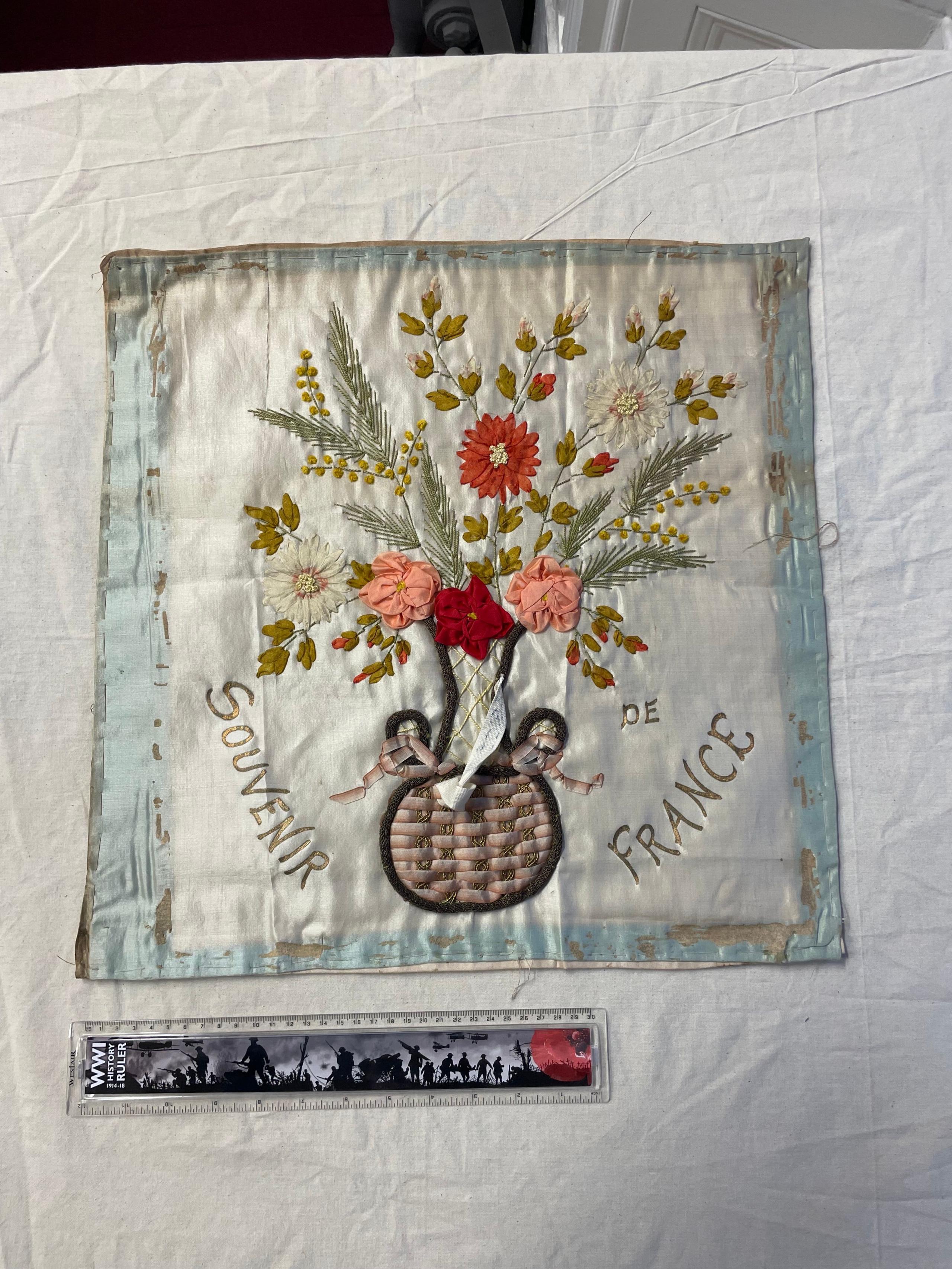
An embroidered souvenir was brought back from France by Smethwick soldier Albert Randall
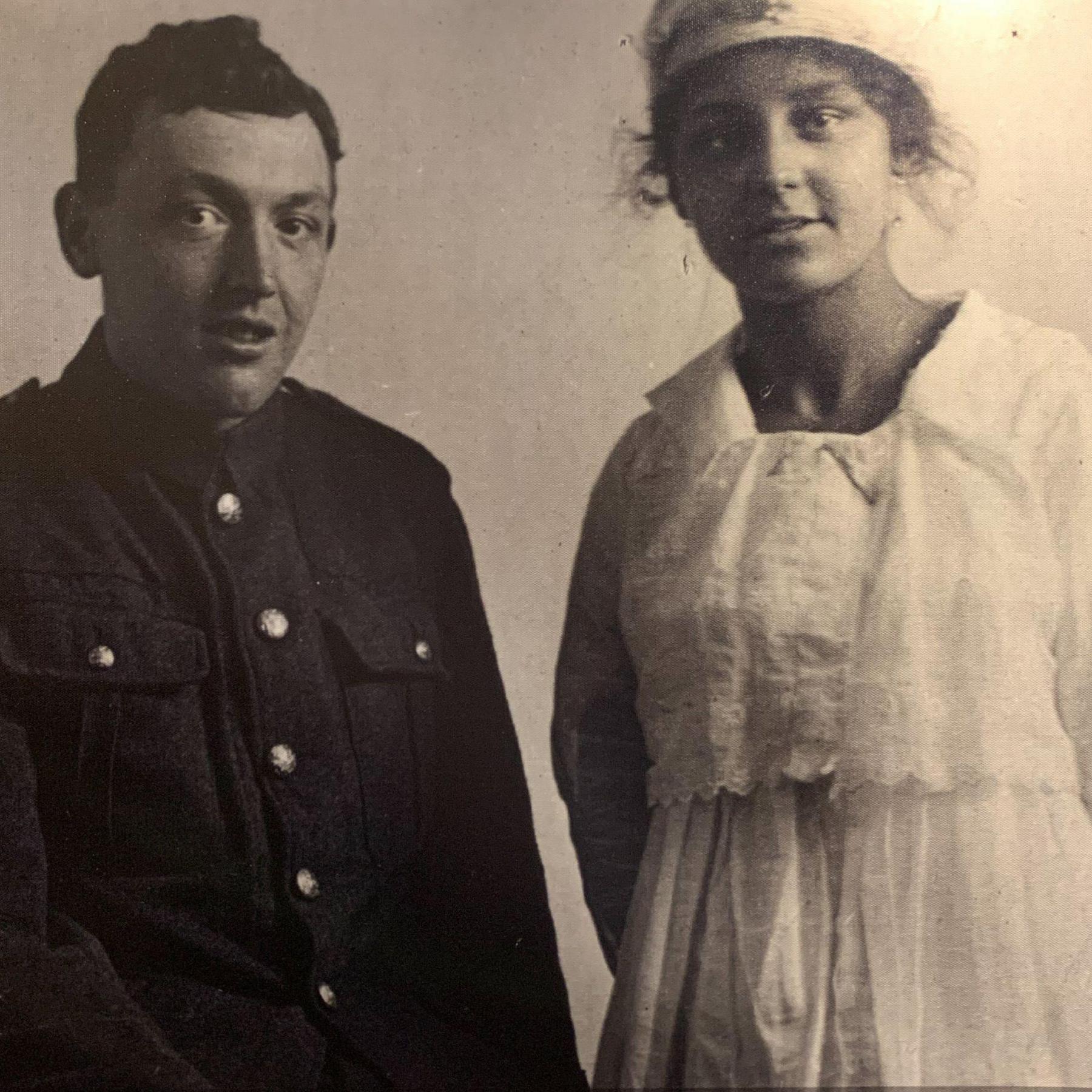
Albert Randall pictured with sweetheart Lily in about 1915
Embroideries sent or taken home by soldiers are also on display at the museum.
In one poignant example, Smethwick soldier Albert Randall brought back an embroidered souvenir from France for his sweetheart Lily on what was to be the very last occasion they would be together.
He saw her in 1916 before returning to France where he died in a trench raid outside Arras in November 1917.
The War Office at the time feared learning to embroider could “effeminise” the men, said Mr Kirby.
But by World War Two, commercial therapeutic embroidery packs were made available for injured soldiers.
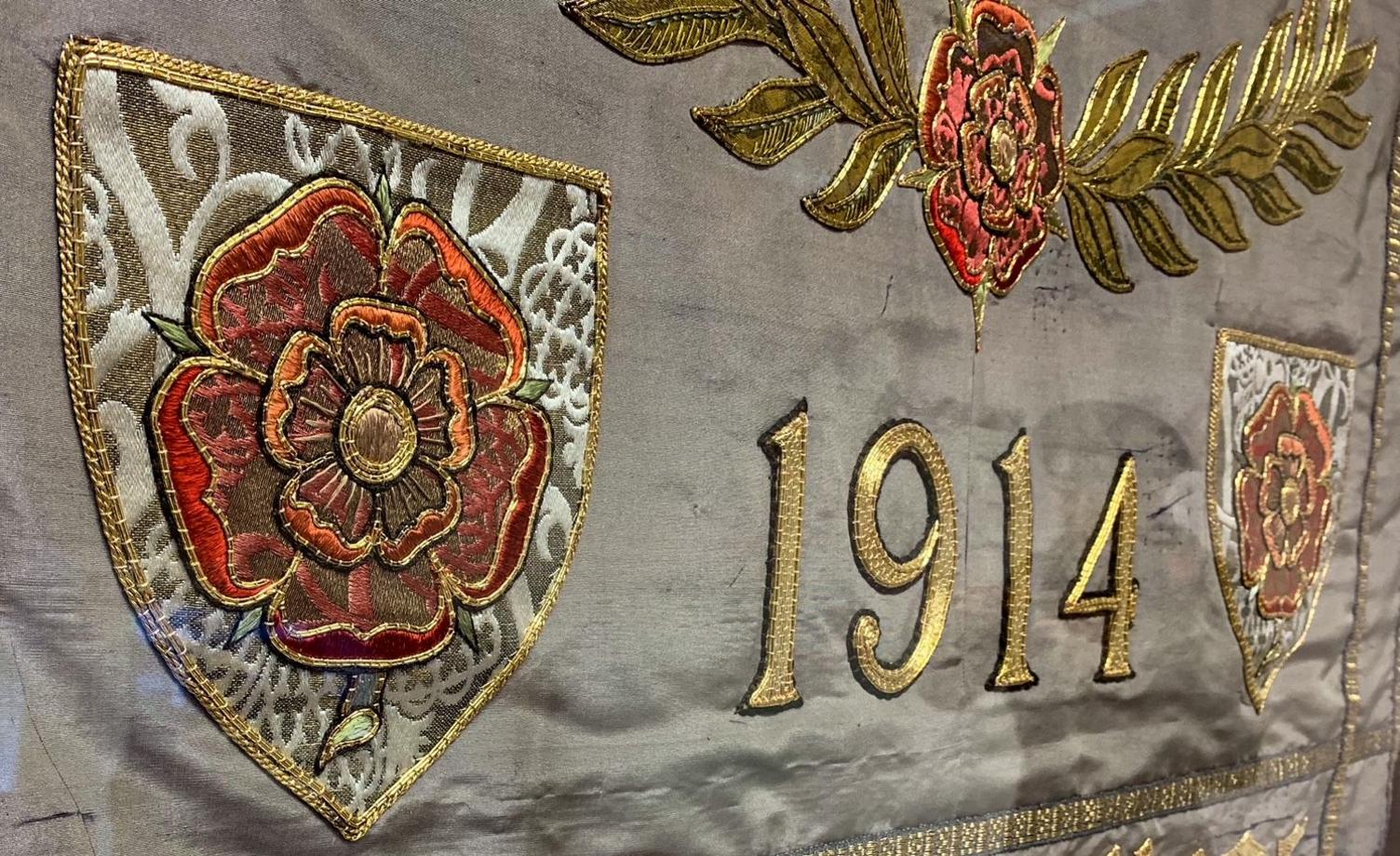
The exhibition features work from 1899 to 1955
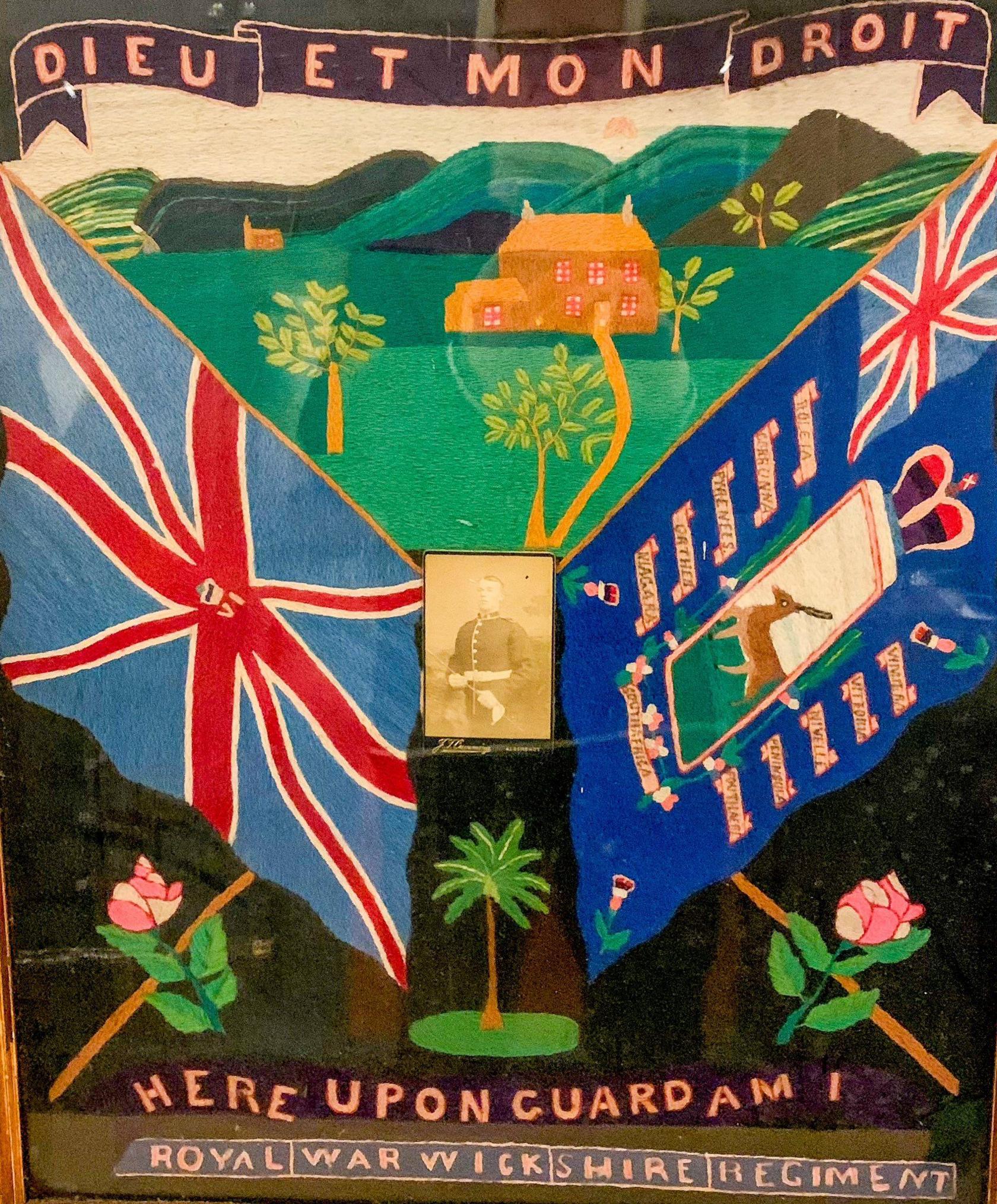
The War Office feared teaching soldiers to sew would "effeminise them", the museum said
The exhibition spans the period from the 1899 Second Boer War to the Suez Crisis in 1956.
It is on show at the museum at Pageant House, Jury Street in Warwick until 25 May.
Follow BBC West Midlands on Facebook, external, X, external, and Instagram, external. Send your story ideas to: newsonline.westmidlands@bbc.co.uk, external
Related stories
- Published2 October 2021
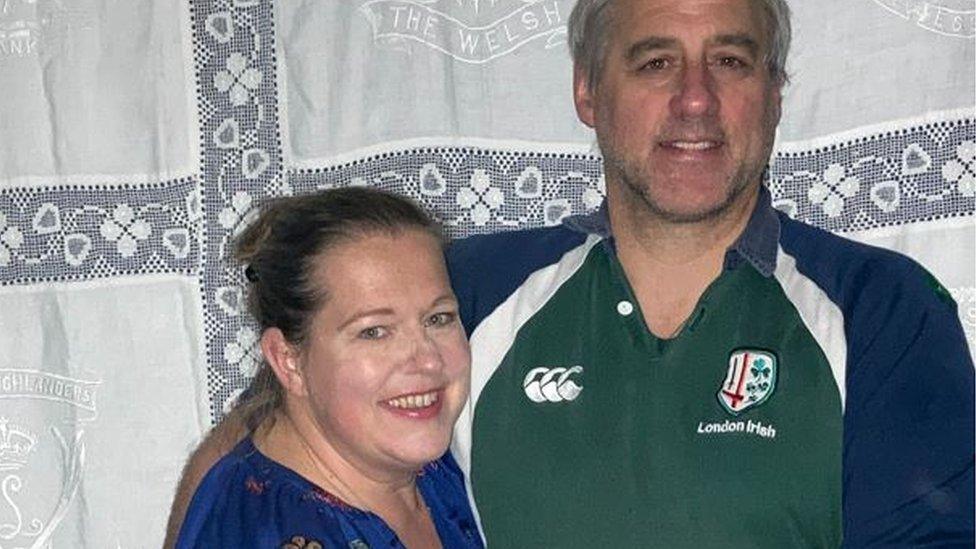
- Published7 May 2023
